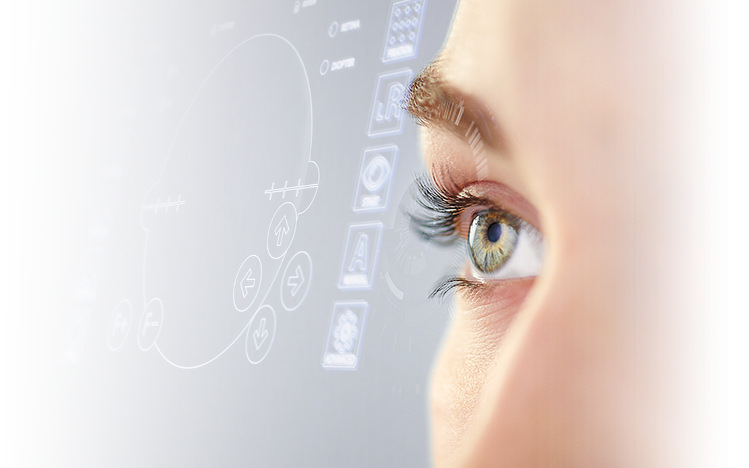Featured
We usually become aware of safeguarding our skin from hazardous ultraviolet (UV) rays, but did you know that UV exposure can additionally substantially influence your eye health and wellness? Whether you're outdoors on a warm day or even during gloomy climate, your eyes are regularly subjected to UV radiation. Long term exposure can increase the danger of numerous eye conditions, a few of which might result in irreversible vision damage. Understanding the effects of UV rays on your eyes and how to safeguard them is necessary for keeping long-lasting eye wellness.
Kinds of UV Rays. UV rays are identified into 3 types:
UVA Rays: These rays permeate deep into the skin and can likewise influence the internal layers of the eyes. UVB Rays: These rays mostly create damage to the skin's surface but can also hurt the cornea and lens of the eye. UVC Rays: While these are the most damaging, they are largely absorbed by the Earth's environment and do not reach the surface. Both UVA and UVB rays are hazardous to your eyes, and over time, exposure can result in major eye problems.
Short-Term Effects of UV Direct Exposure. Even short exposure to extreme UV rays can lead to immediate eye damage. A typical temporary problem is photokeratitis, commonly described as "sunburn of the eye." Signs of photokeratitis consist of:
Inflammation and inflammation. Level of sensitivity to light. Tearing or watery eyes. A sandy feeling, as if something is embeded your eye. While the signs of photokeratitis are temporary and normally resolve within a day or 2, repeated cases can have advancing impacts on your vision.
Long-Term Results of UV Exposure. Persistent UV direct exposure can add to several significant eye conditions, consisting of:
Cataracts: Gradually, UV rays can trigger clouding of the eye's lens, causing cataracts, among the leading reasons for blindness worldwide.
Macular Deterioration: Long term UV exposure can damage the retina, particularly the macula, bring about age-related macular deterioration (AMD), which influences main vision.
Pterygium: Also called "internet user's eye," this problem entails the growth of a fleshy cells on the white part of the eye, which can expand over the cornea and effect vision.
Skin Cancer Cells Around the Eyes: The fragile skin around the eyes is at risk to UV radiation, boosting the threat of skin cancer, such as basal cell cancer.
Pinguecula: UV exposure can likewise bring about yellow-colored deposits on the conjunctiva, which can create inflammation and pain.
Just How to Safeguard Your Eyes from UV Rays. Use Sunglasses with UV Protection: Constantly select sunglasses identified as obstructing 100% of UVA and UVB rays. Wrap-around designs supply added security by obstructing UV rays from the sides.

Make Use Of a Wide-Brimmed Hat: Hats with a vast border can reduce UV exposure by as much as 50%, supplying additional insurance coverage for your eyes and face.
Avoid Top Sunlight Hours: UV rays are greatest in between 10 a.m. and 4 p.m. Restricting your outdoor tasks throughout these hours can help decrease exposure.
Do Not Ignore Youngsters: Children's eyes are much more sensitive to UV rays, so guarantee they wear sunglasses and hats when outdoors.
Use UV-Blocking Call Lenses: If you wear get in touches with, ask your eye treatment carrier about UV-blocking lenses for included defense.
Remain Protected Year-Round: UV damage isn't restricted to summer; rays can reflect off surfaces like water, sand, and snow, making eye defense required all year.
Verdict. Shielding your eyes from UV rays is critical to protecting your vision and general eye wellness. By taking straightforward safety measures like wearing UV-protective sunglasses, limiting direct exposure during top hours, and consistently seeing an eye care specialist, you can secure your eyes from the harmful results of UV radiation.
Latest Posts
Experience Excellence at Modern Nissan of Winston-Salem
Shop the Best Deals at CDJR of Walla Walla
Protect and Preserve Your Roof with Expert Coatings - Weathercraft GC.